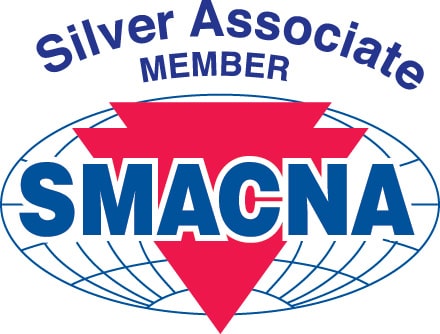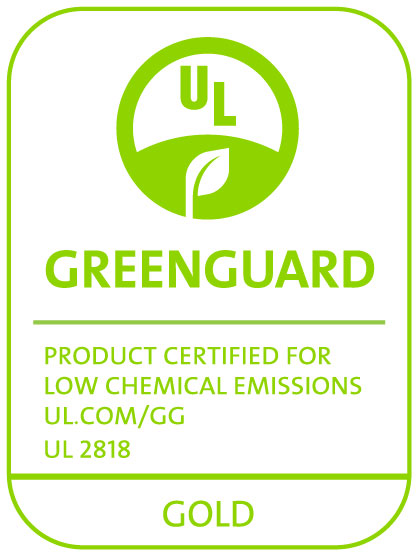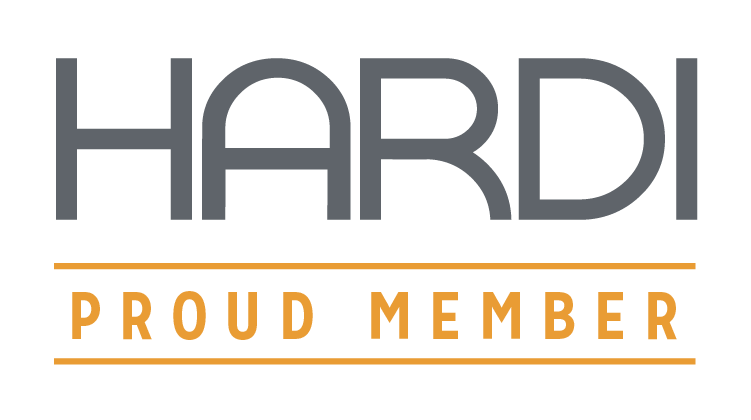The most important contributions that plumbing equipment insulation can make to domestic water equipment systems are energy conservation and condensation control. Plumbing equipment insulation typically is installed on the following…
Learn MoreThe need for UV-resistant refrigeration pipe insulation is common for installations on building exteriors, such as rooftops, to convey refrigerants between large roof-top HVAC systems and interior equipment to provide…
Learn MoreThe Case for Plumbing Pipe Insulation
July 9, 2021
The most important contributions that plumbing pipe insulation can deliver for domestic hot and cold water piping systems are energy conservation, condensation control, and freeze protection. National model energy standards,…
Learn MoreThrough past industry energy audits, it’s been proven that mechanical insulation delivers a typical return on investment (ROI) to building owners within 6 months. However, the National Insulation Association (NIA)…
Learn MoreMold Resistance of AEROFLEX EPDM™ Insulation
July 1, 2021
Molds belong to the fungi kingdom, and unlike plants, they lack chlorophyll and must survive by digesting plants and other organic materials. https://living-future.org/declare/declare-about/red-list
Learn MoreFire safety standards are developed to protect the lives of building occupants and are commonly adopted as local residential and commercial building codes. An important fire safety standard in the…
Learn MoreBest Refrigeration Pipe Insulation
June 18, 2021
When evaluating the best refrigeration pipe insulation for your project, there are many things to consider. Such factors include... Line (operating) temperature Upper ambient temperature range Upper relative humidity range…
Learn MoreChoosing the Right Chilled Water Insulation
June 11, 2021
With so many options to choose from, it can be a true challenge to choose the best chilled water insulation for your client projects. The intent of this post is…
Learn MoreThe Importance of AC Return Line Insulation
June 4, 2021
AC return line insulation is a critical component of HVAC systems which utilize piping to transfer cool/cold and warm/hot fluids and ultimately deliver conditioned air to a building’s occupant spaces.…
Learn MoreSize schedule of Aerofix insulated pipe supports for pipe hanger accessory selection.
Learn More










